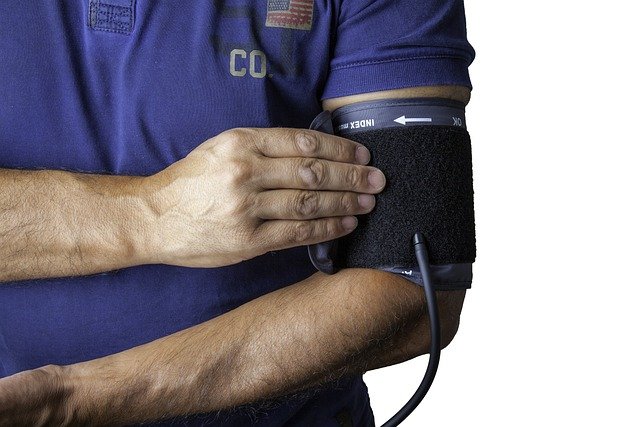Long-term outcomes and lifestyle adjustments after cardiac graft surgery
Heart transplant recovery extends beyond the operating room. This article outlines common long-term outcomes and practical lifestyle adjustments following cardiac graft surgery, covering donor compatibility, immunosuppression, rehabilitation, follow-up care, and the role of telehealth and pediatric considerations for sustained wellbeing.

Heart transplant recipients face a complex journey after surgery that spans medical management, functional recovery, and social adaptation. Long-term outcomes depend on multiple factors including graft quality, donor compatibility, immunosuppression regimens, and the recipient’s adherence to follow-up and rehabilitation. Over months and years, many patients regain significant quality of life, but steady monitoring and targeted lifestyle adjustments are essential to reduce complications, preserve graft function, and support mental and physical recovery. This article summarizes evidence-based considerations and everyday strategies relevant to patients and caregivers.
This article is for informational purposes only and should not be considered medical advice. Please consult a qualified healthcare professional for personalized guidance and treatment.
Cardiac outcomes and long-term survival
Cardiac outcomes after transplant vary by age, underlying disease, and perioperative factors. Early survival has improved over decades due to advances in organ preservation, surgical technique, and postoperative care, while long-term survival depends on chronic issues such as allograft vasculopathy and infection risk related to immunosuppression. Regular followup with echocardiography, coronary imaging when indicated, and lab monitoring helps identify graft dysfunction early. Lifestyle factors such as tobacco avoidance, blood pressure control, and maintaining healthy weight also influence outcomes and help extend graft longevity and patient survival.
Donor selection, compatibility and allocation
Donor factors — including age, ischemic time, and serologic compatibility — affect graft performance. Allocation systems aim to match donor hearts to recipients based on urgency and compatibility to optimize outcomes. Compatibility testing (blood type, HLA when relevant, and crossmatching) reduces immediate rejection risk but cannot eliminate long-term immune challenges. Preservation techniques and minimizing transport time improve graft viability. Patients should understand how donor characteristics and allocation priority can influence short-term recovery and longer-term expectations for graft function.
Graft preservation and surgical considerations
Surgical technique and preservation protocols shape early graft performance. Optimized preservation solutions, careful organ handling, and minimizing ischemia-reperfusion injury help reduce initial dysfunction and set the stage for better recovery. Postoperative care focuses on hemodynamic stability, infection prevention, and early mobilization. Surgical complications are less common with experienced centers, but scarring, conduction abnormalities, or need for reintervention can occur. Discussing surgical details with the transplant team helps patients and caregivers anticipate the likely inpatient course and early rehabilitation needs.
Immunosuppression and followup
Long-term immunosuppression is central to preventing rejection but carries risks such as infection, kidney impairment, metabolic changes, and malignancy. Typical regimens combine multiple agents to balance efficacy and side effects; personalized adjustments are guided by surveillance biopsies, blood tests, and clinical status. Strict medication adherence, routine followup visits, and communication about symptoms of rejection or infection are critical. Vaccination schedules, prophylactic medications, and screening protocols are often part of long-term care to mitigate immunosuppression-related complications.
Recovery, rehabilitation and lifestyle adjustments
Rehabilitation programs after cardiac graft surgery emphasize gradual exercise, nutrition, and psychosocial support. Structured cardiac rehabilitation helps rebuild endurance, improves cardiovascular fitness, and educates patients on heart-healthy behaviors. Lifestyle adjustments include adopting a balanced diet, limiting alcohol, avoiding tobacco, managing stress, and monitoring sun exposure or infection risks due to immunosuppression. Work and recreational reintegration should be paced, with individualized plans for physical activity, driving, and return-to-work based on functional testing and clinician guidance.
Telehealth, pediatrics and ongoing monitoring
Telehealth can support frequent followup, symptom reporting, and medication counseling, especially for patients living far from transplant centers or during times when in-person visits are challenging. Pediatric transplant recipients require specialized attention to growth, development, school reintegration, and family-centered care; long-term psychosocial support is important for adherence as children become adolescents and adults. Ongoing monitoring includes periodic imaging, lab testing, and screening for complications such as chronic rejection, hypertension, and metabolic disorders to detect issues early and tailor therapy.
Conclusion Long-term outcomes after cardiac graft surgery reflect a combination of medical management, surgical factors, donor characteristics, and patient-centered lifestyle adjustments. Consistent followup, adherence to immunosuppression, participation in rehabilitation, and attention to preventive measures can improve graft function and quality of life. Collaboration with a transplant team, use of telehealth when appropriate, and individualized planning for work, travel, and family life contribute to sustained recovery and wellbeing.






